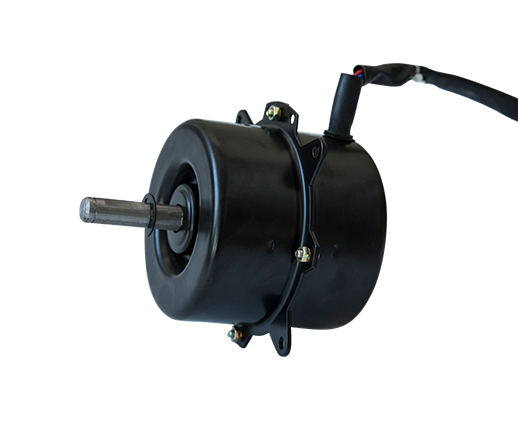There is a close relationship between cooler motors and […]
There is a close relationship between cooler motors and temperature control, as they are often used to work together to maintain temperatures within a specific range. The following is a detailed explanation of the relationship between cooling fan motors and temperature control:
1. Temperature sensing: Cooling fan motors are often equipped with temperature sensors that can monitor the temperature of the environment or equipment. Once the temperature exceeds a predetermined threshold, the sensor triggers the motor to start. This sensing mechanism is useful because it responds to temperature changes in a timely manner, preventing excessive heating and damage to the device.
2. Prevent Overheating: Overheating is a major problem faced by many devices and systems. If the temperature is too high, the device may be damaged, resulting in reduced performance or even a fire risk. One of the tasks of a cooling fan motor is to prevent overheating and maintain a suitable temperature by absorbing heat and dissipating it to the surrounding environment. This is critical to equipment and system reliability.
3. Temperature control algorithm: The operation of the cooling fan motor is usually managed by a temperature control algorithm. These algorithms are based on feedback from temperature sensors to automatically adjust the speed of the fan motor based on changes in temperature. This feedback control ensures that the device works stably within the set temperature range. For example, if temperatures start to rise, the control system will increase the speed of the fan motor to provide more powerful cooling.
4. Energy saving and efficiency: The integration of cooling fan motor and temperature control helps improve energy efficiency and reduce energy waste. This means the motor only runs when needed, avoiding unnecessary power consumption. When the ambient temperature is low or the equipment load is light, the motor can run at a lower speed, thereby reducing energy consumption and reducing environmental burden.
5. Automation: The temperature control of cooling fan motors often realizes an automated process. This means that the need for manual intervention is greatly reduced and the system can operate autonomously according to temperature requirements. This automation brings many benefits, including reducing operational complexity and reducing the risk of operator error.
Air Conditioner Blower Fan Motor
